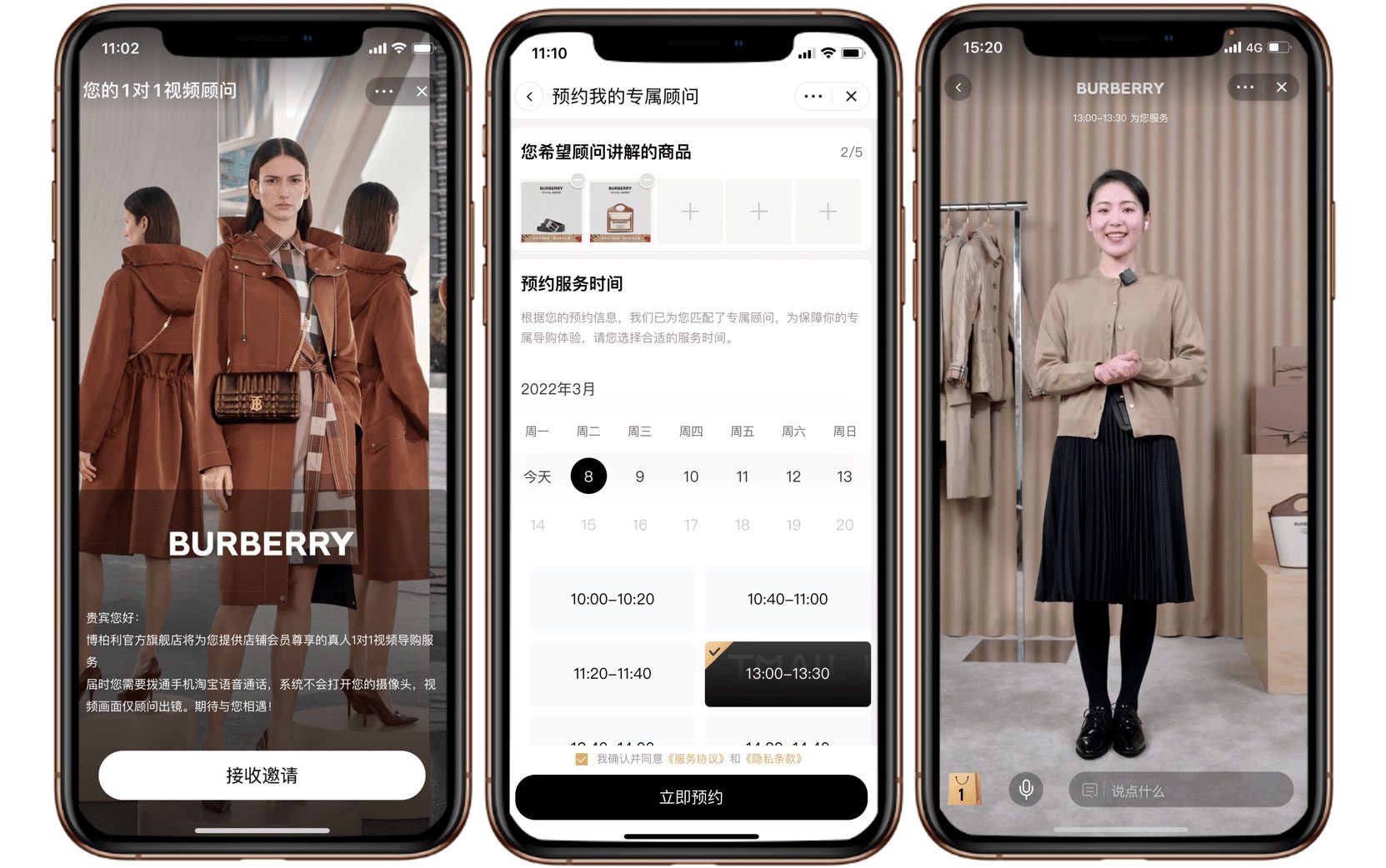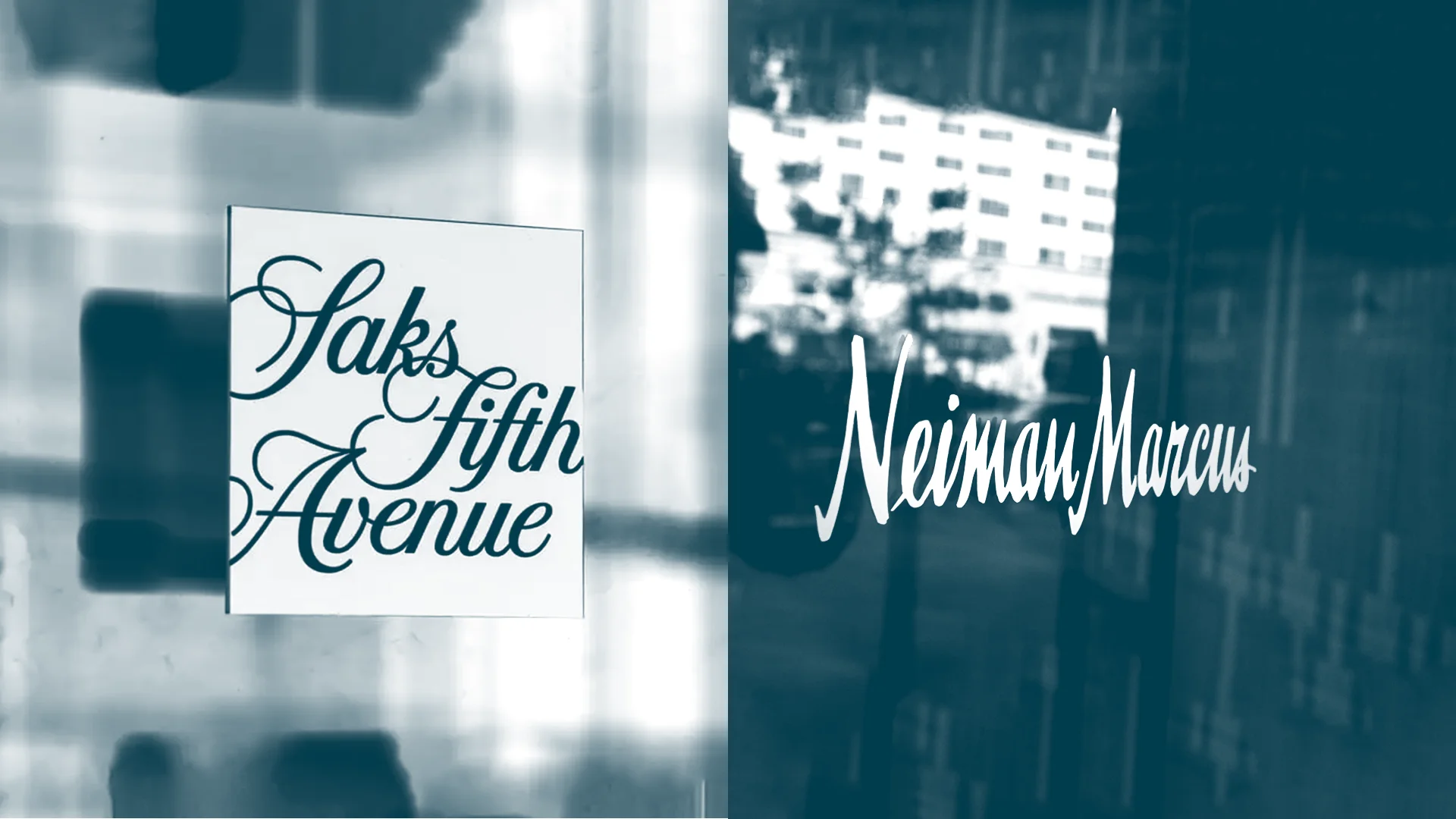Omnichannel Luxury Retail in China in the Post-COVID Era
China’s stunning performance in the global luxury retail market has caught the world’s attention. The international luxury market saw sales shrink by 23 per cent in 2020, while domestic luxury consumption in China rose by 48 per cent according to Bain & Company’s China Luxury Report 2021. The growth of China’s luxury market slowed a little in 2021 but saw a considerable jump of 36 per cent, bringing the country’s share of the global luxury market to 21 per cent.
Thanks to the country’s effective handling of the pandemic in 2021, Chinese consumers have returned to their home market with a different attitude towards luxury consumption. Chinese consumers have cultivated a sustained upsurge in purchase desire, aided by a well-developed online shopping system.
Source: https://www.bain.com/
So how is China’s omnichannel luxury retail different from the rest of the world? And what successful models and paths can be used as reference?
The rise of omnichannel luxury retail
Currently, omnichannel luxury retail is gaining ground in China. ROPO (research online, purchase offline), for instance, has now become the most widely adopted method among Chinese consumers, according to the 2020 Tencent x BCG China Digital Luxury Report. In 2019, more than 80 per cent of consumers made purchases using the ROPO mode, and 62 per cent continued to do so in 2020. In addition, the share of pure online purchases increased to 30 per cent in 2020.
The omnichannel luxury consumption pattern integrating online and offline channels has boosted the overall positive growth of China’s luxury market. In 2020, the country’s retail sales totalled ¥364 billion, of which online sales increased by about 150 per cent and offline increased by 32 per cent.
What’s powering the rapid growth of omnichannel luxury retail in China?
E-commerce platforms are important drivers. China has seen a boom in luxury e-commerce since 2010. By 2012, there were more than 40 luxury e-commerce platforms in the country. Alibaba Group emerged as a clear leader with a 53 per cent share of the Chinese e-commerce market.
That said, large e-commerce platforms have been engaged in intense competition for market share, making every possible effort to lure luxury brands to their platforms. To eliminate any doubts or apprehensions among luxury brands, Tmall Luxury Pavilion, for instance, has explicitly required merchants since 2012 to guarantee that they were offering 100 per cent authentic goods, effectively barring any counterfeits. It also adopted a 7-day unconditional return policy to assure consumers and offered cash back for shopping points in 2012. In 2013, Tmall raised the bar again, strictly controlling the number of brands through an invitation-based approach and adding restrictions and penalties for any lapses. The significantly higher threshold has found favour with many leading luxury brands.
To enhance the luxury consumer experience and reinforce the benefits to luxury brands on e-commerce platforms, Tmall Luxury Pavilion also focuses on routinely upgrading digital business technologies. It launched AR fitting, 3D store display, online exhibitions, customisation, one-to-one live streaming, and other services that brands were not yet able to offer themselves. By innovating and being ahead of the curve, by providing Chinese customers with an experience that luxury brands had difficulties delivering themselves, Tmall made itself indispensable to the Chinese luxury ecosystem. Consumers can try on shoes and clothes via the AR fitting feature and “visit” a three-dimensional virtual store. They can tap on the products on display to jump to the purchase details page, thanks to the 3D store display. Through one-to-one live streaming, brands can guide consumers to online and offline purchases by explaining professionally and presenting products in a 3D space.
Source: https://cn.burberry.com
Tmall Luxury Pavilion has become one of the most popular e-commerce platforms for luxury brands in China. Since its launch in 2017, the platform has attracted more than 200 top luxury brands, including Burberry, Cartier, LVMH’s Guerlain and Vacheron Constantin, across a wide range of categories such as clothing, cosmetics, jewellery, and watches. As an essential part of Alibaba’s overall plan for luxury e-commerce, Tmall Luxury Pavilion combines its advantages in scale, technology, and marketing to provide luxury brands with comprehensive and systematic solutions to support them in page design, marketing and sales.
Luxury brands’ exploration of omnichannel retail
The efforts made by luxury brands to explore the integration of different modes of retail shopping are a critical factor driving the strong growth of omnichannel luxury retail in China. According to A New Generation of Chinese Consumers Reshaping the Luxury Market—The 2021 Tencent x BCG China Digital Luxury Report, China’s young and affluent post-90s consumers (those born after 1990) have become a significant luxury consumer group in China, accounting for 50 per cent of China’s luxury shoppers and 46 per cent of the total market size.
Keenly aware that, as digital natives, the post-90s are highly digitally savvy, luxury brands see online platforms such as e-commerce and social media networks not only as sales channels but as marketing channels through which they can increase brand awareness and drum up new customers for physical stores. At the same time, they are integrating online and offline channels by accelerating the development of digital commerce in their brick-and-mortar retail outlets.
Take Burberry as an example. The brand has been focusing on creating consumer experiences through technology recently. In 2019, to optimise its online sales services, Burberry launched a messaging app named R Message on mobile terminals, allowing customers to chat with sales associates, make appointments for in-store private service, ask about in-store products, and make online purchases.
Burberry Space, luxury’s first social retail boutique, debuted in Shenzhen Bay MixC in 2020. Powered by Tencent technology, the store allows customers to scan a unique code on each product to unlock exclusive content and stories. Through a dedicated WeChat mini-program, customers can book a fitting room, theme, music, single item service, in-store events, and table reservations in the café with the help of a bespoke digital companion. Drawing upon the social features within the mini-program, Burberry creates an interactive experience in luxury shopping with a photo wall where users can upload pictures snapped at the store or share their outfits of the day, attracting others to hit the like button and interact with them.
Similarly, Burberry has collaborated with Tmall Luxury Pavilion in launching several features. A new service known as “video advisor”, for example, went online in early March 2022, bringing the offline VIP Room to the luxury giant’s digital marketplace through pre-booked live streaming sessions. Burberry video advisors can provide a one-to-one introduction of the product and try-on demos during the live streaming for an elevated luxury consumer experience.
Source: Burberry/Tmall Luxury Pavilion
Other top brands prosper in retail omnichannel as well. Prada, for example, is driving traffic to its official website, third-party e-commerce platform, and offline stores through cultural activities such as Prada Rong Zhai and Prada Mode. Chanel worked with Tencent to live-stream its Fall-Winter 2020/21 Ready-to-Wear fashion show, attracting a live audience of 3.58 million. Richemont’s Watches & Wonders tied up with Tmall to present the “Watches & Wonders Tmall Cloud Watch Show”, where a new design debuted by Jaeger-LeCoultre at the show was sold out at one point, and Vacheron Constantin sold one of its watches for a whopping 975,000 yuan.
Omnichannel is an inevitable trend for luxury retail in China
Omnichannel retail is clearly the future for luxury brands as the global luxury market remains in the doldrums. The changing habits of significant consumer groups in the Chinese market, the need to consolidate market share, enhance awareness and increase communication are important reasons why luxury brands are venturing into the omnichannel battleground. The collaboration of e-commerce platforms and luxury brands in exploring an omnichannel experience pushes forward the rapid expansion of omnichannel luxury retail in China. On the tech front, omnichannel luxury retail in the country is driven by live streaming, 3D, VR and social media marketing. Combined with offline stores’ digital and social upgrading, this creates a better experience for luxury consumers by blending the physical world with the virtual world.




